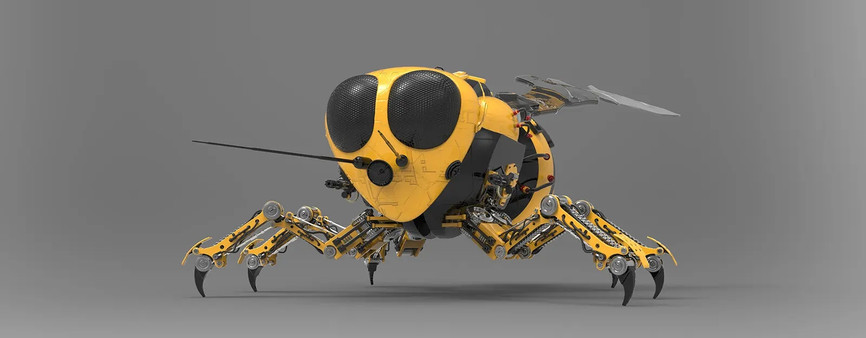The Queen Bee of IoT

The food chain relies on honeybees as crucial pollinators. Disease, pollution and global warming are threats to bee populations, but steps are being taken to protect these important critters. And IoT is helping.
Smart Hive Monitoring for Informed Insights
IoT-enabled smart hives apprise beekeepers of bee health. A sensor installed within the hive keeps track of the hive’s temperature, humidity and vibrations, and a scale outside the hive tracks weight. Discrepancies within these measurements alert a beekeeper if something is wrong. For example, a sudden and extreme drop in weight likely indicates the hive has been knocked over.
Varroa are parasitic mites that feed off honeybees and can eventually destroy a hive. IoT hive temperature monitoring and management solutions keep temperatures within a hive at levels that are safe for bees but kill Varroa larva.
Microphone-equipped hives provide data on the sound of hives, indicating swarming behavior or if a hive has collapsed or is missing its queen. It’s hoped advancements in the technology may one day be able to detect unusual audio signals given by pesticide or mite-stricken hives.
Cameras can monitor bee flight activity and activity at the hive’s entrance. Inactive hives can indicate a sick or otherwise distressed hive, and increased activity can indicate a hive that is recovering.
Hyperlocal weather data is entering the scene to provide further bee insights. For example, bees won’t fly in the rain, providing beekeepers with a key window in recording the true weight of the hive.
For a beekeeper with dozens of hives, having data at hand can indicate exactly which hives need examined for illness, which are filled with honey, and which hives appear healthy. This saves time in only opening the necessary hives and avoids disturbing other hives. It also enables beekeepers to take immediate action when data indicates a struggling hive rather than relying on personal observations.
Pollination Drones and Bee Backpacks
To assist with low pollination as a result of declining bee populations, pollination drones are in development. Drone pollination has its advantages, such as the ability to fly in less than ideal conditions for bees and the potential to avoid orchard thinning costs due to over-pollination. Drones can boost pollination rates by 25% to 60%.
However, scientists argue drones cannot fulfill the ecological hole that would be left in the absence of bees. While drones may be able to boost pollination rates begun by bees, it’s far more cost effective to protect the bees we have than to develop a robotic bee army for the entire world if the insects were to completely die out.
To that end, the Australian Commonwealth Scientific and Industrial Research Organization partnered with Intel to develop RFID backpacks for bees to help understand their increasing death rates. The RFID chips track bee movements and environmental factors such as air pollution, water contamination and extreme weather. The data gathered provided insights into the effect of pesticides, climate change, and disease on individual bee health.
This and other IoT driven studies, like The Great British Bee Count (where smart phone users track sightings of bees) are helping to conceptualize steps to protect bee populations.
Categories:
